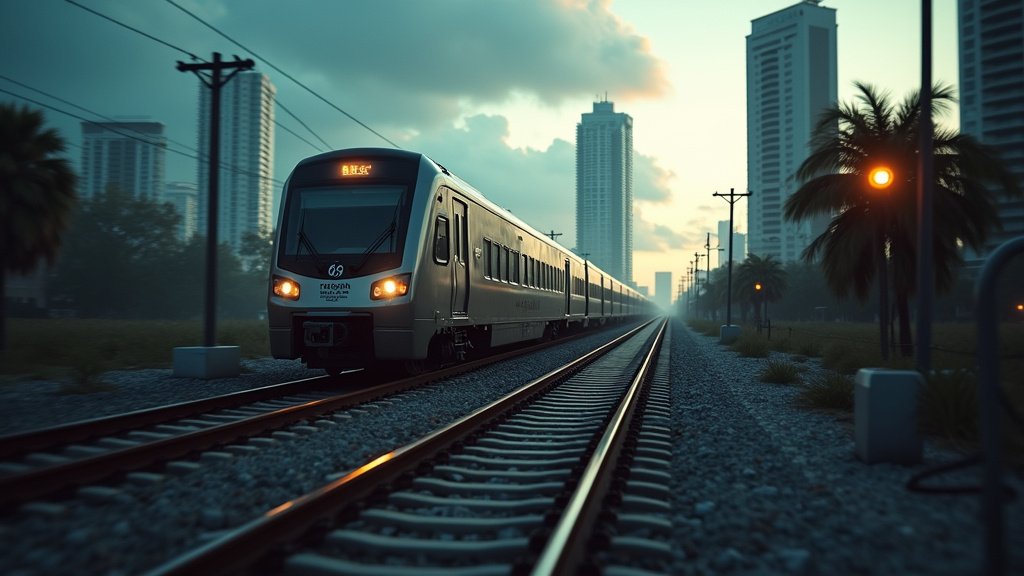Tri-Rail Faces Uncertain Future as Funding Battle Intensifies
The Tri-Rail commuter rail service, a vital artery for commuters across South Florida, is currently navigating a precarious financial landscape, facing potential service cuts that could significantly impact its ridership and overall functionality. The situation has escalated into a critical struggle for funding, with the future of the rail line hanging in the balance.
The Specter of Service Cuts
The primary concern revolves around the very real possibility of service reductions. While specific details regarding the nature or extent of these potential cuts remain unstated in the available information, the mere threat casts a long shadow over the future of Tri-Rail. For daily commuters, the prospect of reduced service frequency or route closures is a daunting one, threatening to disrupt established routines and increase travel times. The impact would extend beyond individual commuters, potentially affecting local businesses and the overall economic vitality of the communities served by the railway. The absence of specific information concerning the reasons for the potential cuts further amplifies the uncertainty and highlights the urgency of the funding crisis.
A Struggle for Survival: The Funding Challenge
At the heart of Tri-Rail’s current predicament lies the ongoing battle to secure adequate funding. The success of the commuter rail system, like any large-scale public transportation initiative, is heavily reliant on a consistent and reliable stream of financial support. The source material offers no detail regarding the precise amount of funding needed to avert the impending crisis, nor does it specify which funding streams are currently at risk. Despite these omissions, the overall picture is clear: Tri-Rail requires additional financial resources to maintain its current level of service, let alone pursue any plans for expansion or improvement. The effort to secure these crucial funds is, according to recent reports, proving to be a challenging and multifaceted endeavor.
The Broader Context: Public Transportation in Transition
The challenges facing Tri-Rail reflect a broader trend within the public transportation sector across the United States. Many transit systems grapple with budgetary constraints, fluctuating ridership numbers, and the need to modernize aging infrastructure. The struggle for funding often pits transit agencies against competing priorities within local and state budgets. The outcome of Tri-Rail’s current funding battle will serve as a crucial case study, revealing the dynamics of financing public transportation in the present time.
The Stakes: Impact on the Community
The implications of Tri-Rail’s funding difficulties extend far beyond the operational efficiency of the railway. The service is a crucial component of the South Florida transportation network. A significant curtailment of service could lead to increased traffic congestion on area roadways. Furthermore, a reduced Tri-Rail service will likely force more people to rely on cars, leading to increased emissions and contributing to environmental issues. Public transportation systems such as Tri-Rail help to boost the local economy by providing accessibility to businesses and employment centers. The outcome of the funding battle has considerable impacts on the area’s economic health.
The Timeline: Publication Date and the Road Ahead
This article was published on July 28, 2025, at 11:50 AM. This publication date signifies the urgency of the situation and suggests that the funding negotiations, and related developments, are ongoing. The time stamp, which reflects a specific moment in time, underscores the fluid nature of the situation. The next few weeks, or even days, may be critical in determining the future of the Tri-Rail service. Commuters, local officials, and the public at large will be anxiously watching the unfolding events, hoping for a positive resolution to the funding crisis. The progress of these developments will be vital to the overall outcome and future of the Tri-Rail system.





